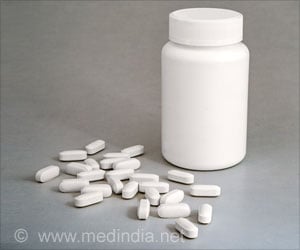While opioid drugs provide an excellent painkilling effect throughout operations, they also have side-effects such as respiratory depression and vomiting.

‘Non-opiate anesthesia in breast cancer surgery may reduce painkiller use and also avoid several opiate-related side effects such as post-operative nausea and vomiting.’





In this study, painkiller requirements were examined after patients received opiate anesthesia and non-opiate anesthesia. A randomized controlled trial was conducted, containing two groups each containing 33 breast cancer patients undergoing a mastectomy or lumpectomy. The study took place between September 2014 and July 2015 at the Jules Bordet Institute, Brussels. Perioperative non-opiate analgesia was obtained by combining clonidine (0.2 mcg/kg), ketamine (0.3 mg/kg) and lidocaine (1.5 mg/kg). An extra bolus of ketamine (0.2mg/kg) was given if necessary. Opiate analgesia was obtained via a combination of remifentanil infusion, ketamine (0.3 mg/kg) and lidocaine (1.5 mg/kg). Both groups received intravenous paracetamol (1000mg/6h) and intravenous diclofenac (75 mg/12h). Patients received a PCA (patient-controlled analgesia) pump for breakthrough pain during the first 24 hours post-operatively.
Clinical characteristics and post-operative piritramide painkiller consumption (through the patient controlled pump) were assessed during the first 24 hours post-operatively. Data were not complete for two patients in the non-opiate group, and thus a total of 64 patients were included in the study. The total mean piritramide usage 24 hours post-operatively was 8.1 mg (range 2.0-14.5) in the non-opiate group and 13.1 mg (range 6.0-16.0) in the opioid group. The difference observed was statistically significant.
Dr. Saxena concludes, "Our results show that patients in the non-opiate group require less painkillers, but receive adequate pain relief. Patients require less analgesics 24 hours after a non-opiate anesthesia than after an opiate anesthesia."
She adds, "This study shows a possible interesting benefit of this type of approach, which needs to be confirmed in further studies. Non-opiate anesthesia in breast cancer surgery might avoid several opiate-related side effects such as post-operative nausea and vomiting. It might also reduce cancer recurrence. However, it is too early to recommend non-opiate anesthesia to all breast cancer patients. We will be doing further research to confirm and extend our findings."
Advertisement















